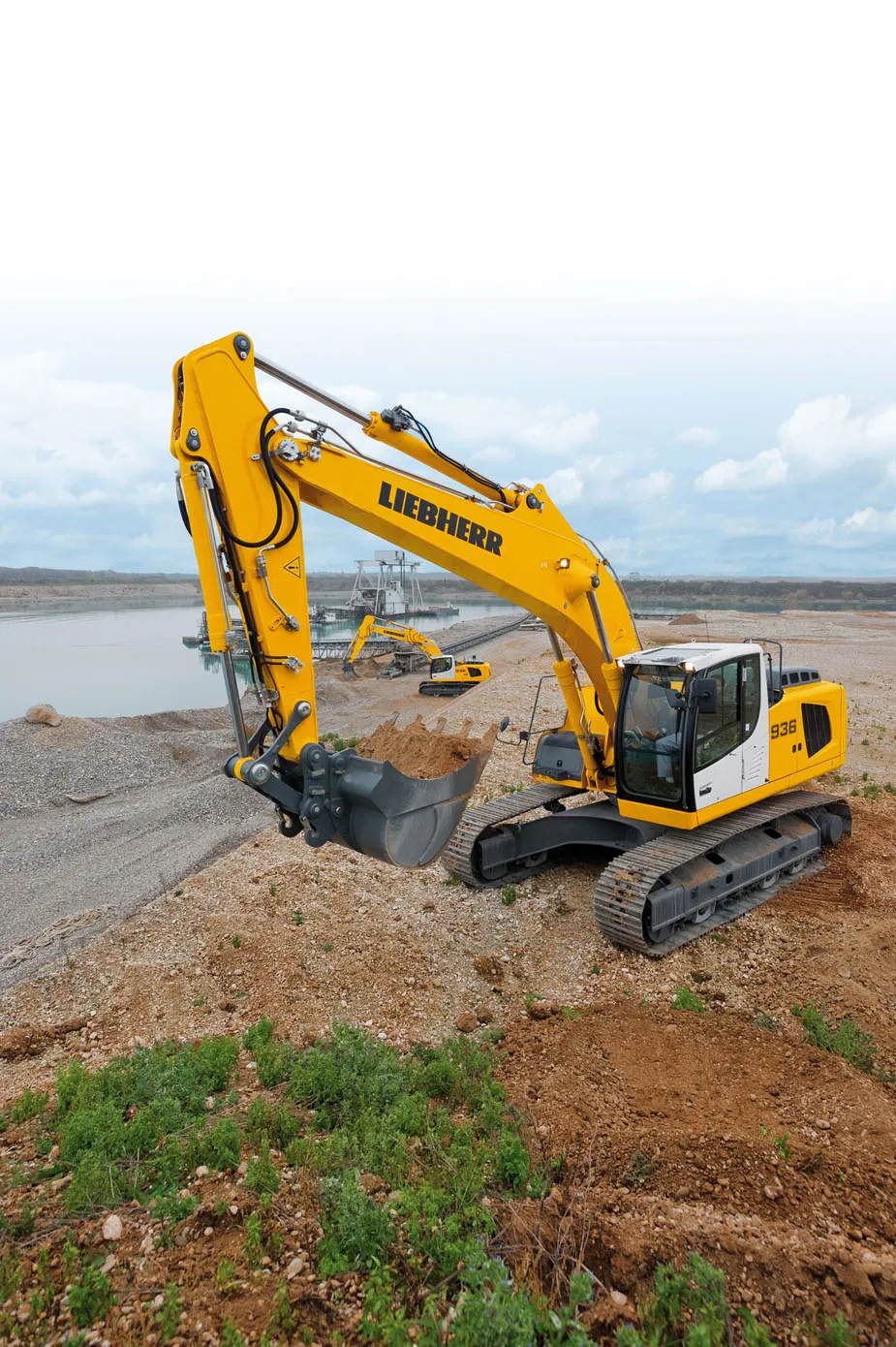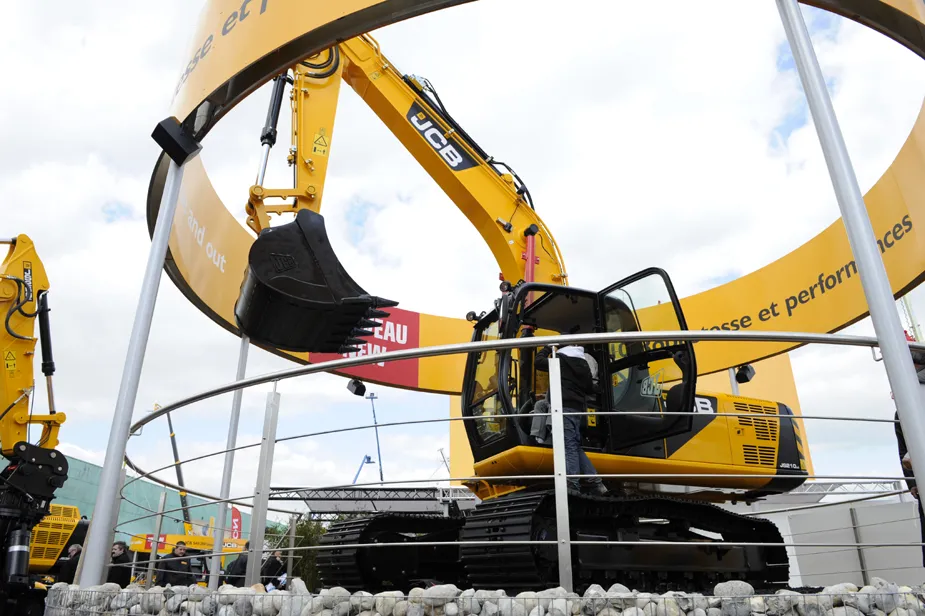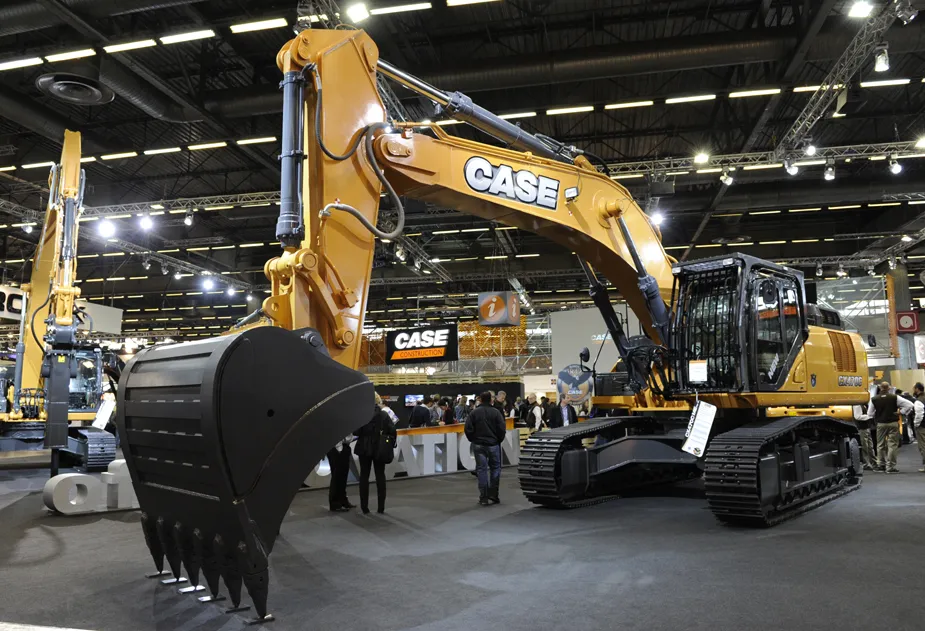Liebherr is to introduce two new tracked excavators at Intermat in April, weighing 31 and 44 tonnes respectively.
The 31 tonne R936 replaces the R934C and brings with it a Stage IIIB/Tier 4i emissions compliant engine that delivers 160kW from a four-cylinder engine.
February 8, 2012
Read time: 2 mins

The 31 tonne R936 replaces the R934C and brings with it a Stage IIIB/Tier 4i emissions compliant engine that delivers 160kW from a four-cylinder engine.
Developed by the Liebherr diesel engine competence centre, the new engine uses an external exhaust gas recirculation system and DPF with active regeneration to contribute to higher productivity and up to 15% higher fuel efficiency.
With better interaction between hydraulic and electronic components, Liebherr said the R936 delivers more swing torque, increased tearout and better breakout forces than the R934C.
At 44 tonnes, the heavier R950 SME slots into the range between the R946 and R956 models and in super mass excavation guise, has been developed to increase productivity in quarry applications.
Power comes from a 10.5-litre, six-cylinder common rail diesel engine producing 220kW and like that used in the R936, benefits from external exhaust gas recirculation and DPF with active regeneration to meet Stage IIIB/Tier 4i emissions regulations. With the new engine, expect up to 15% higher fuel efficiency, said the company.
%$Linker:








